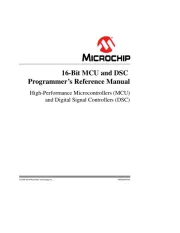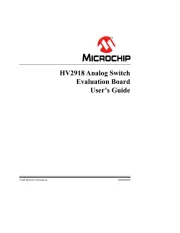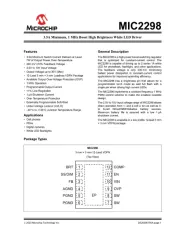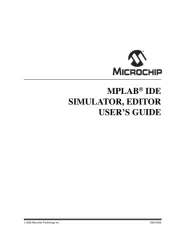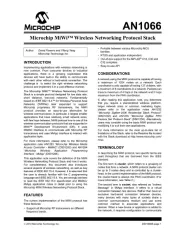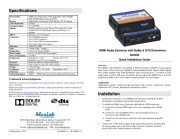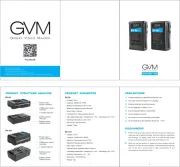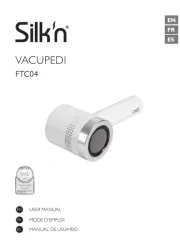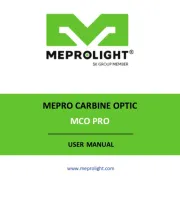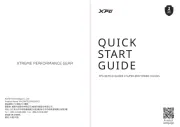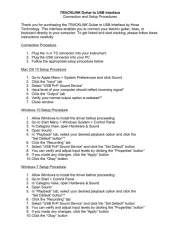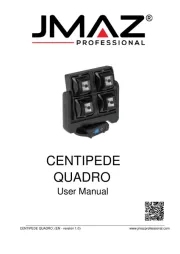HV7355DB1
Doc.# DSDB-HV7355DB1
B070314
General Description
The HV7355 is a monolithic eight-channel, high-speed,
high voltage, unipolar ultrasound transmitter pulser.
This integrated, high performance circuit is in a single,
8x8x0.9mm, 56-lead QFN package.
The HV7355 can deliver guaranteed ±1.5A source and sink
current to a capacitive transducer with 0 to +150V peak
voltage. It is designed for medical ultrasound imaging and
ultrasound material NDT applications. It can also be used
as a high voltage driver for other piezoelectric or capacitive
MEMS transducers, or for ATE systems and pulse signal
generators as a signal source.
The HV7355’s circuitry consists of controller logic circuits,
level translators, gate driving buffers and a high current and
high voltage MOSFET output stage. The output stages of
each channel are designed to provide peak output currents
typically over ±1.5A for pulsing, with up to 150V swings. The
upper limit frequency of the pulser waveform is dependent
upon the load capacitance. With different capacitance load
conditions the maximum output frequency is about 20MHz.
This demoboard datasheet describes how to use the
HV7355DB1 to generate the basic high voltage pulse
waveform as an ultrasound transmitting pulser.
The HV7355 circuit uses DC-coupling from a 3.3V logic input
to output TX0~7 internally, therefore the chip needs three
sets of voltage supply rails: VLL (+3.3V), VDD/VSS (+/-5.0V)
and VPP (up to +150V). The VPP high voltage supply can be
changed rather quickly, compared to the capacitor gate-
coupled driving pulsers. This direct coupling topology of the
gate drivers not only saves two high voltage capacitors per
channel, but also makes the PCB layout easier.
The control signal logic-high voltage should be the same
as the VLL voltage of the IC, and the logic-low should be
referenced to GND.
The HV7355DB1 output waveforms can be displayed using
an oscilloscope by connecting the scope probe to the test
points TX0~7 and GND. The soldering jumper can select
whether or not to connect the on-board dummy load, a
330pF capacitor paralleling with a 2.5kΩ resistor. The test
points can be used to connect the user’s transducer to easily
evaluate the pulser.
Block Diagram
150V, 1.5A, Unipolar
Ultrasound Pulser Demoboard
LT
IN0
IN7
VLL
GND
MC
VSS
VSS




